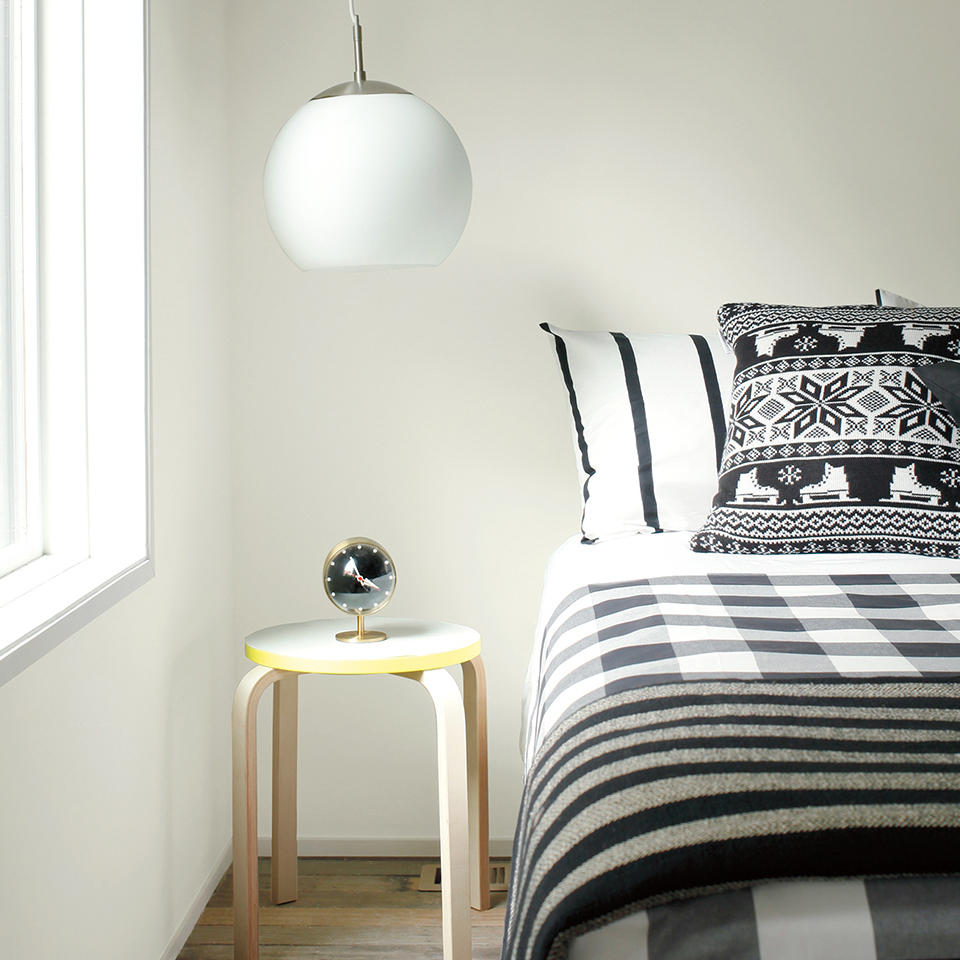
Japanese inspired interior design has been gaining popularity all around the world. The simplicity, functionality and tranquility of Japanese design principles have attracted not only those who are interested in home decor but also those who seek a minimalist lifestyle.
The Basics of Japanese Zen
Japanese interior design emphasizes on clean lines, natural materials and neutral color palettes to create a sense of calm and relaxation. The main principles of Japanese design are simplicity, functionality and minimalism. Japanese Zen is all about creating a peaceful and harmonious environment that promotes well-being and relaxation.
Clean Lines
Clean lines are an essential component of Japanese interior design. They represent simplicity and precision. Clean lines are often seen in woodwork, furniture and lighting fixtures in Japanese interiors.
Natural Materials
Japanese design often incorporates natural materials like wood, bamboo, stone and paper. These materials are chosen for their natural beauty and simplicity, and they are often left untreated or minimally finished to emphasize their natural textures and colors.
Neutral Color Palettes
Japanese interiors often use neutral color palettes such as beige, gray, white and black. The idea is to use colors that are calm and soothing to create a serene environment.
Japanese Zen in Practice
In Japanese design, everything has a place and a purpose. Careful consideration is given to the placement of furniture, decorations and even lighting, to ensure that there is a sense of balance and harmony throughout the room. Here are some practical tips to incorporate Japanese Zen into your home:
Create a Minimalist Space
One of the key principles of Japanese design is minimalism. Try to remove clutter and unnecessary items to create a clean and simple space.
Embrace Natural Light
Japanese interiors often incorporate natural light as much as possible. Letting in natural light not only brings in warmth and life into the space but also helps to connect the indoor space with the outdoor environment.
Use Shoji Screens
Shoji screens are a classic feature of Japanese interiors. They are made from paper or fabric and are used to create a sense of privacy while allowing light to pass through. Shoji screens are a great way to add an element of Japanese design to your space.
Incorporate Natural Materials
As mentioned earlier, natural materials are a crucial element of Japanese design. Incorporate materials such as wood, bamboo or stone into your furniture, flooring, or walls. Using these natural materials will help to create a warm and inviting atmosphere.
Japanese interior design focuses on simplicity, functionality, and minimalism, creating a peaceful and harmonious environment. By incorporating the Japanese Zen principles into your home, you can create a peaceful sanctuary that helps promote well-being and relaxation. Follow these key design principles, and you are on your way to creating a calming and peaceful space that will benefit you for years to come.






